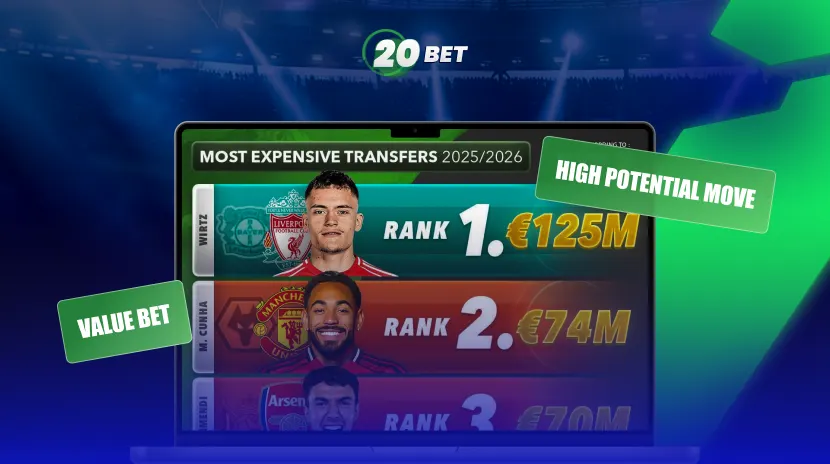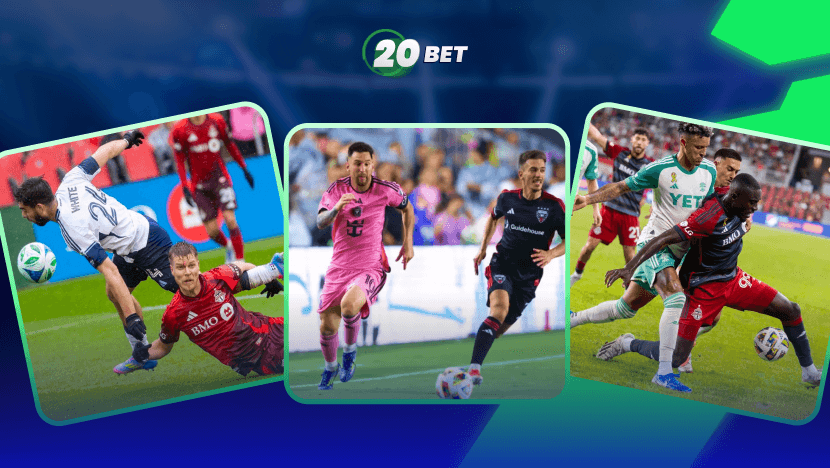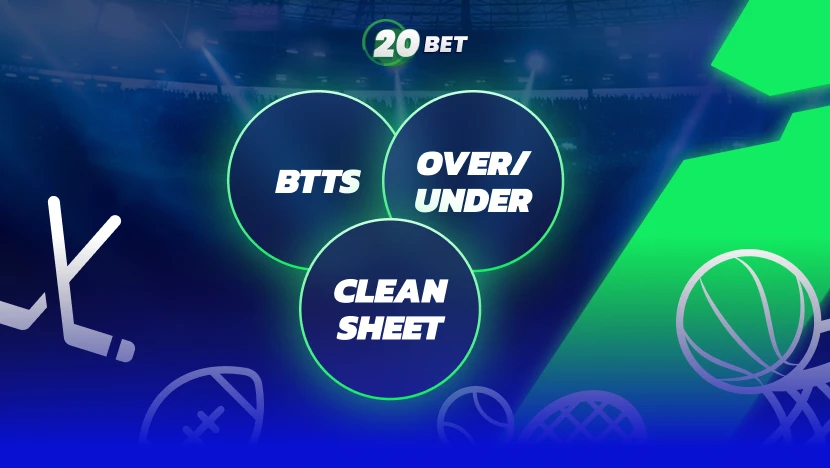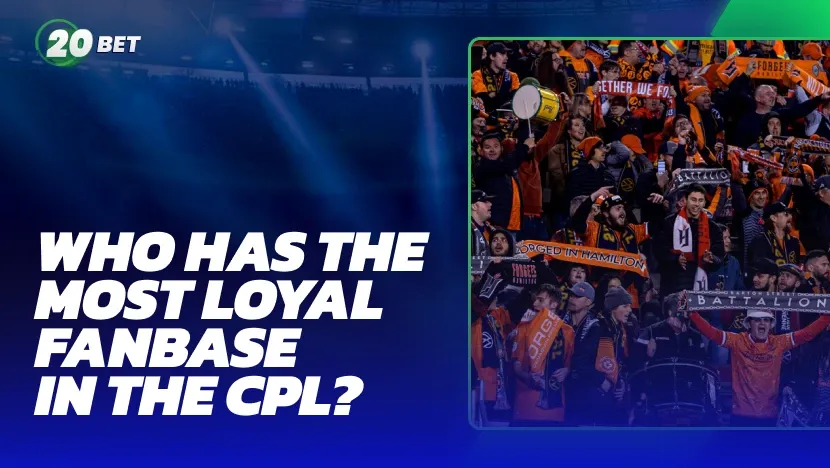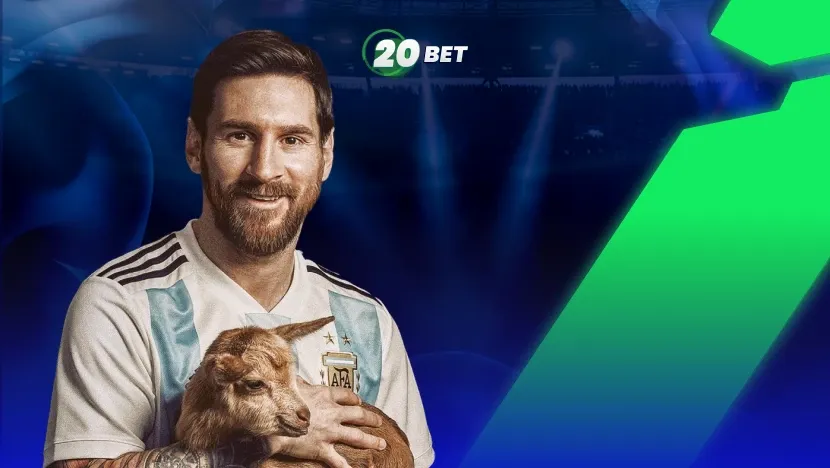If you’ve ever watched a transfer story go from a whisper to “here we go” and then to a medical in a single afternoon, you know this is a different kind of betting. On 20Bet, you’re pricing human decisions, not xG. The edge comes from reading reputable news faster than the market — and knowing when not to chase a number.
Understanding Transfer Betting Markets
Transfer markets are simple on the surface: Will a player join another club? Will he stay? Who’s next? Sometimes books also price fee ranges or announcement windows. Underneath, odds move based on contract details (release clauses, options), leverage (one year left vs. long-term), and the timing of genuine negotiations.
Reader tip: Pick three markets you’ll track throughout the window (e.g., “Player to join,” “Player to stay,” “Next club”). Log the best price you see, the source that moved it, and the timestamp. You’ll learn quickly where your edge lies.
How Transfer Odds Are Set
Books start with public info and historical data, then weight:
- Verified reporting (named journalists with proven track records);
- Contract status and clauses (buyouts, options, sell-on terms);
- Club needs (homegrown slots, budget, FFP headroom);
- Money flow (liquidity and hedging after a big story).
One reliable update can crush a price in minutes. If a top reporter posts that a bid is accepted and the player’s set for a medical, “to join” can go from a playable number to unbettable before the club statement drops.
Popular Types of Transfer Bets
Common options include:
- To Join Club X (Yes/No): Best for clean, late windows once terms are agreed.
- Player to Stay: Useful when the fee looks unrealistic or a buying club pivots.
- Next Club (multi-outcome): Early edges if you trust your shortlist and sources.
- Position Specials (Club to sign a ___): Works when you understand a club’s depth chart and registration rules.
- Fee/Announcement Timing: Niche — only bet when wording matches what’s actually happening (watch for “including add-ons” vs. “fixed fee”).
Real example targets: “Isak to Liverpool – Yes/No,” “Šeško next club,” or “Arsenal to sign a GK” (they landed Kepa).
High-Profile Players Likely to Move
Star names move prices because activity at the top affects everything beneath it. One big acquisition can shift roles across multiple clubs and create new angles. Think of Liverpool adding an elite No. 9 (Isak) after chasing creativity (Wirtz); that adjustment changed their attack profile overnight.
Superstars Linked with Major Transfers
Superstars swing related boards (other strikers, knock-on loans, futures). Rising talents tighten quickly once a serious suitor emerges.
Headline examples from summer 2025 often cited by traders: Isak to Liverpool, Wirtz to Liverpool, and Šeško to Manchester United.
Use verified timelines from reliable outlets if you mention them. The point is how one confirmed move reprices several others.
Rising Talents Drawing Market Attention
Prospects attract early speculation. In these cases, you’re betting on potential and timing: does a mid-table buyer move first, or does a giant wait to force an exchange? Examples:
- Rayan Cherki’s move to Manchester City was flagged as a high-upside play; books reacted first to rumors and then to confirmation chatter.
- Arsenal’s interest in dynamic attackers (they signed Eberechi Eze) generated steady price movement in “player to join” markets.
Taken together, these moves showed how a single academy-grade creator or breakout attacker can tighten next-club markets before any official announcement lands.
Clubs Driving the Transfer Market
Some clubs set the tone with quick deals. Others wait for late discounts near the deadline. Knowing a club’s strategy helps you read price shifts. Add each club’s playbook to your notes — cash on hand, FFP headroom, non-homegrown slots, and priority positions — because those constraints predict who bids early, who bluffs, and when odds tighten.
Big-Spending European Giants
When the biggest clubs move, every related market feels it. A credible report on Real Madrid, Barcelona, Manchester City, Manchester United, Liverpool, Arsenal, or Chelsea can reprice multiple boards in minutes.
How it plays out:
- Liverpool: Broke British records for Isak and invested heavily in Wirtz — the kind of one-two that instantly shortens “to join” lines elsewhere and nudges title/top-4 futures.
- Barcelona: Quieted weeks of noise by confirming Joan García (GK) in August; official channels settled prices more than rumor ever could.
- Manchester City: Adding a high-usage creator like Cherki shows how a single elite buy can ripple through next-club markets and loan chains.
The takeaway: When these giants act, downstream clubs pivot their shortlists, depth charts get rewritten, and books trim futures within hours. Price moves are fastest when reporting is both reliable and specific (names, fees, medicals), so prioritize those signals over headline buzz.
Underdog Clubs Making Strategic Signings
Smaller clubs create edges, too. Look for underdog soccer angles when a well-run side makes smart, low-fee moves with clean role fits. A club exiting the window in the green can still improve on-pitch value.
For example, Bournemouth emerged net-positive after multiple sales. Books recalibrated their season lines as outgoings stacked up. In summer 2025, Bournemouth sold four starters — Huijsen (~$72.95m), Zabarnyi (~$73.54m), Kerkez (~$54.74m), Ouattara (~$49.96m) — and reinvested in Diakité (~$40.85m), Petrović (~$33.73m), Truffert (~$15.76m), and Adli (~$24.51m). Multiple outlets estimated a net surplus of roughly $83–90 million, showing you can finish “in the green” and still upgrade role-fit and depth.
Timing & Strategy in Transfer Betting
Transfer markets reward speed and discipline. You’re balancing early entries with the risk of stale info. Pre-set alerts for trusted reporters, log your entry prices, and decide the worst number you’ll accept before news breaks — if the market trades past it, skip the bet and wait for the next window.
The Importance of Following Reliable Sources
Trust reporters with a record. Verified journalists beat clicky mills. One solid insider post often moves transfer odds more than five weak links. On deadline day, reputable outlets calling Isak-to-Liverpool first sparked the fastest moves — before the official announcement. Keep a shortlist and track who gets things right.
Early Bets vs Waiting for Market Shifts
Early bets earn better numbers when your insight is right. Waiting lets you confirm a deal but at worse prices. For instance, some waited on the Eze-to-Arsenal move until the club update; they got certainty, not value. If negotiation position and leverage look murky, pass and keep bankroll dry for a clearer spot.
Risks and Challenges of Transfer Bets
You’re betting on people, paperwork, and deadlines. Expect sharp drops and sudden reversals. To protect yourself, keep stakes small near medicals and work-permit checks, avoid parlays, and predefine a “cancel if terms change” rule (fee, clause, or add-ons) before you press confirm.
Media Rumors vs. Verified Information
Rumor beats speed, and verification beats rumor. If a story lacks names, quotes, or numbers, treat it as speculation. Barcelona had weeks of big-name links, but the confirmed item — Joan García — is what settled markets. “Dream” targets with thin sourcing shouldn’t move your stake.
Sudden Market Moves and Odds Drops
A late medical, work-permit snag, or failed exchange can nuke short prices. Likewise, surprise deals compress odds in minutes. United’s quick sequence adding Šeško after other targets illustrates how one announcement can flip boards. Set alerts and avoid chasing after the spike.
Specials & Long-Term Impact Bets
You can also target season-shaping outcomes. These need more patience and a wider read on squad balance. Tie each incoming deal to clear on-pitch metrics (chance creation, pressing depth, set-piece threat) and only touch futures after the registration deadline, when squads lock, and you can hedge with related markets (top-4, points, player awards).
Transfers That Could Influence Title Races
One starter in the right role can swing a title race by a few points. Liverpool’s pairing of Wirtz (creation) with Isak (finishing) is the template: fix obvious gaps and you change the ceiling. Futures on win totals or top-4 made more sense once both moves were banked.
Players Who May Decide Champions League Contenders
Moves to Champions League top contenders change knockout prices. City adding a high-usage creator (Cherki) and Barça stabilizing GK with García both tweak models on chance creation and prevention. Price the adjustment modestly and shop around before you commit.
Responsible Gambling
Transfer betting moves fast and can feel urgent, especially on deadline day. Keep control with simple rules you follow every time:
- Set a fixed budget for soccer transfer betting each window and don’t top up.
- Cap your stake per bet (e.g., 0.25–1% of bankroll) and per day to avoid chasing rumor swings.
- Pre-decide entry and exit points; if the price runs past your limit, skip it.
- Avoid parlays on transfer outcomes — one late announcement can sink the whole ticket.
- Use account tools (deposit limits, time-outs, reality checks) before the busy deadline period.
- Take breaks during rapid odds moves. Step away if emotions spike after a leak or failed deal.
If it stops being fun or you feel pressure to “win it back,” pause, reset limits, and return only when you’re clear-headed.
FAQ
How do bookmakers calculate transfer betting odds?

